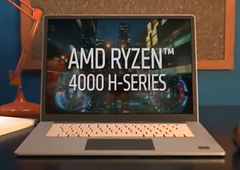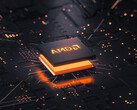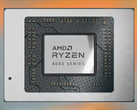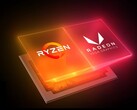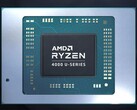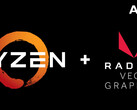A new benchmark spotted by Tum Apisak should help remove any doubts there may have been about the graphics performance of the Renoir series of APUs based on the news that there would be fewer CUs present. The Picasso series of APUs featured processors that came with Vega integrated graphics and configurations from 6 CUs up to 11 CUs. However, even though the AMD Ryzen 7 4800HS has just 7 CUs, it managed a higher Graphics Score on 3DMark’s Time Spy than previous-generation APUs with more CUs.
The exact breakdown of scores was as follows: The AMD Ryzen 7 4800HS racked up 1,089 points, while the comparison showed the Ryzen 7 3780U with 1,028 points and the Ryzen 7 3700U lagging behind on 917 points (scores will fluctuate depending on the system used in the comparison). Although the Renoir chip’s iGPU could rely on a higher clock of 1,600 MHz compared to the Picasso APUs both on 1,400 MHz, the Ryzen 4000 part has fewer CUs to utilize. The Ryzen 7 3780’s Vega 11 iGPU has 11 CUs and naturally the Ryzen 7 3700U’s Vega 10 iGPU has 10 CUs. So with a disadvantage of between 3 and 4 CUs, the newer processor still performed better than its predecessors.
Although some questioned AMD’s decision not to implement Navi architecture with the Ryzen 4000 processors, it seems Team Red has justified the continuation of Vega, albeit with a much-improved version. The increased boost clocks have obviously helped the Ryzen 7 4800HS achieve a better Time Spy Graphics Score and the efficiency benefits gained by moving from a 12nm to a 7nm manufacturing process have reaped some rewards. This decision of keeping Vega but in an enhanced form and with fewer CUs likely helped AMD keep costs down for Renoir APUs, so gamers should be able to enjoy better performance this generation without having to pay out of the nose for it.




